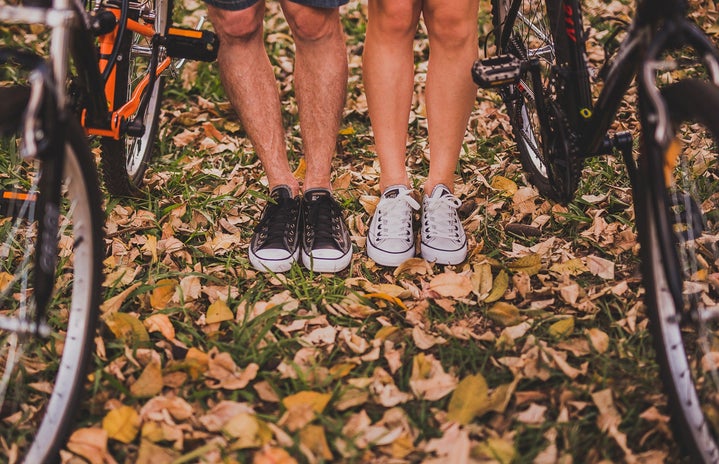We all know this dreaded time of the year during late fall and winter when it feels like it gets dark at 2 pm, and our moods drop at the same rate as the temperatures. It is not uncommon to hear people talking about seasonal affective disorder or SAD around this time. SAD is also known as seasonal depression that affects around 10 million Americans. I struggle with depression year-round and have for many years, but I am no stranger to the additional feelings of sadness around this time of year. Because of this, my doctor recommended light therapy. He said it would also help with my insomnia and nightmares, so I was all in. I had heard about light therapy or using “happy lights” before, but I didn’t realize how uncommon it is or how many people didn’t know it was a thing until I posted this picture on twitter and my friends flooded my DMs about it!
According to the Mayo Clinic, Light therapy is a way to treat SAD and certain other conditions by exposure to artificial light. During light therapy, you sit or work near a device called a light therapy box. I use mine every morning while I do my make up! The box gives off bright light that mimics natural outdoor light and is thought to affect brain chemicals linked to mood and sleep, easing SAD symptoms. Using a light therapy box may also help with other types of depression, sleep disorders and other conditions, as well as helping people who want to increase the effectiveness of antidepressant medication or mental health counseling or want to try a treatment that is safe and has few side effects.
Light therapy is generally safe if side effects occur, they’re usually mild and short-lasting. They can include eyestrain, headache, nausea, irritability or agitation, mania, euphoria, hyperactivity or agitation associated with bipolar disorder. These side effects shouldn’t scare you because if these side effects do occur, they may go away on their own within a few days of starting light therapy! You also may be able to manage side effects by reducing treatment time, moving farther from your lightbox, taking breaks during long sessions or changing the time of day you use light therapy, but remember, always talk to your doctor before starting light therapy to make sure you are using it safely and most effectively for you!
During light therapy sessions, you sit or work near a lightbox. To be effective, light from the lightbox must enter your eyes indirectly. You can’t get the same effect just by exposing your skin to the light. Your eyes must be open but, don’t look directly at the lightbox, because the bright light can damage your eyes. Make sure to follow your doctor’s recommendations and the manufacturer’s directions. Light therapy requires time and consistency, you won’t feel better overnight. You can set your lightbox on a table or desk in your home or office, so you can do homework, use a computer, write, watch TV, talk on the phone or eat while having light therapy. Stick to your therapy schedule and don’t overdo it!
Light therapy probably won’t cure seasonal affective disorder, nonseasonal depression or other conditions. But it may ease symptoms, increase your energy levels, and help you feel better about yourself and life! Lightboxes are fairly cheap and can be found on Amazon, among other sites! I have used mine for about two months, and I would like to say I notice a difference. My doctor helped me make a plan on how to use mine, when and how long to get max treatment for my situation. If you think this might be a good step for you to take in your journey with your mental health, talk to your doctor and see if its a good fit for you!
HCXO


